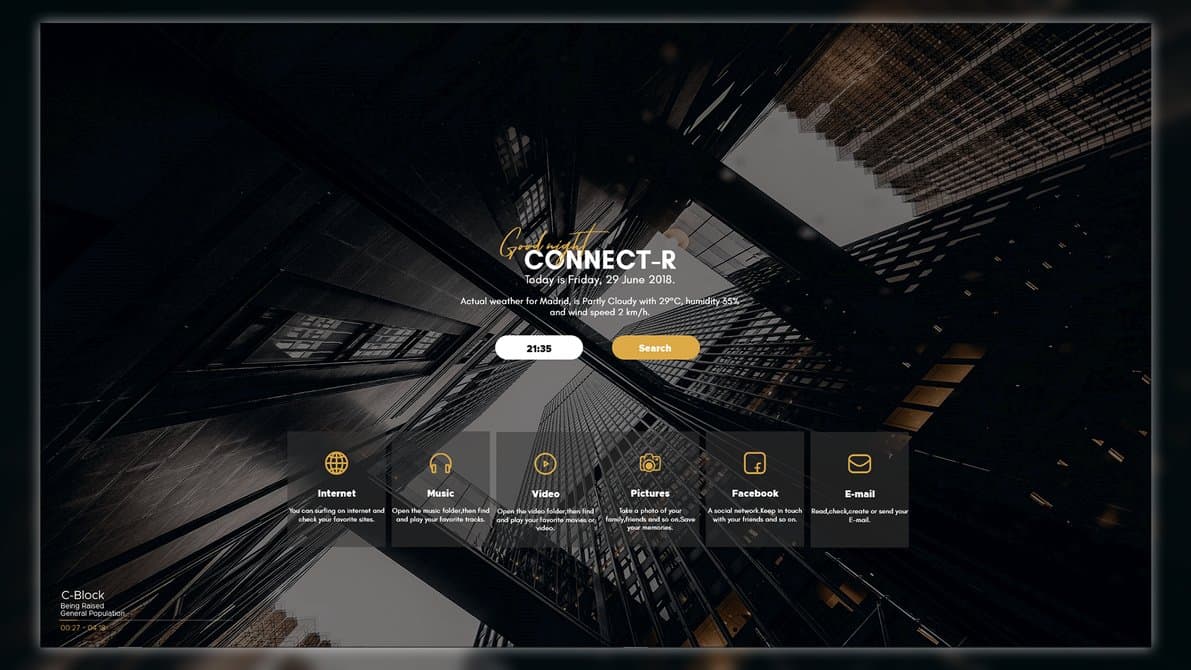Mobile speed plays a significant role in the overall user experience. Tremendous strides have been made to improve mobile performance and make websites render faster, but there is still work to be done. According to research from Akamai, 47 percent of people expect a website to load in two seconds or less, yet nearly half of all web page visits are abandoned if it takes more than three seconds for a page to load.
In addition to losing potential customers, slow-loading pages can also hurt your business in other ways. A study by Google showed that an increase of just one second in page load time can result in a 20 percent decrease in traffic. Another study found that as page size increases, so does the likelihood of someone abandoning their purchase. Slow mobile speeds not only impact sales revenue but also brand perception; when asked what they value most about their favorite brands, 77 percent of global consumers cited “quick and easy access” as very important or critical.
What factors impact mobile speed?
There are many factors that impact mobile speed. The following are some of the most important:
1. Connection type and quality – Cellular networks (2G, 3G, 4G LTE) have different speeds, and a faster network will result in a better experience on a mobile device. In addition, the distance from the cell tower can affect performance, as well as how many other users are using the same tower at the same time. Wired connections (Ethernet wired or Wi-Fi) always provide faster speeds than cellular connections.
2. Device hardware – newer devices typically have better processors and more RAM which leads to improved overall performance including faster web browsing and loading times for apps. Mobile devices with HD displays also require more power to render graphics smoothly, so those screens may cause slower load times for websites or apps that haven’t been optimized for them yet.
3. Operating system (OS) – each OS has its own set of features and optimizations which can affect browsing speed and app loading times. Generally speaking, later versions of iOS tend to be quicker than earlier versions while Android Marshmallow is generally considered to be one of the fastest Android versions currently available..
4 Browser choice – Certain browsers may perform better than others when it comes to loading webpages quickly. For example, Chrome is often considered to be one of the quickest browsers available due its combination of fast rendering engine plus pre-loading capabilities..

How can you improve mobile speed?
There are a number of ways that you can improve mobile speed. One way is to compress the images on your page. You can do this by using a tool like TinyPNG, which will compress your images without compromising quality. Another way to improve speed is to use a caching plugin like WP Super Cache or W3 Total Cache. These plugins create static copies of your pages and posts, which load much faster than dynamic pages. You can also optimize your code and disable any unnecessary scripts or stylesheets. Finally, you can use a service like CloudFlare to cache your content and serve it from their servers instead of yours.
What are the benefits of faster mobile speeds?
Mobile speeds have a significant impact on overall web performance. Faster mobile speeds means that more content can be loaded quickly and smoothly, leading to a better experience for users. In addition, faster Mobile page load times have been shown to result in:
-Increased customer satisfaction and loyalty;
-Higher conversion rates;
-A decrease in the bounce rate;
-And an increase in Time On Site (TOS).
Customer experience analytics are integral for understanding your customers and their needs, so that you can provide them with a better service.
As customer’s experience is the most important thing for any company. The better the customer experience, the more loyal they will be to that company. It’s essential to understand that customer experience is not just about how the customer feels in a particular moment, but also about how they feel about your brand over time.






